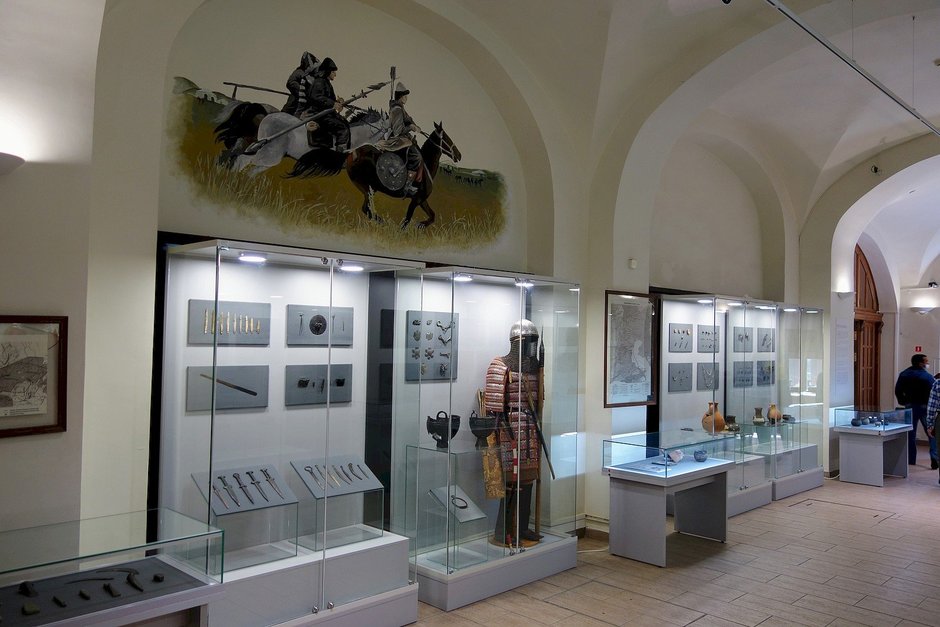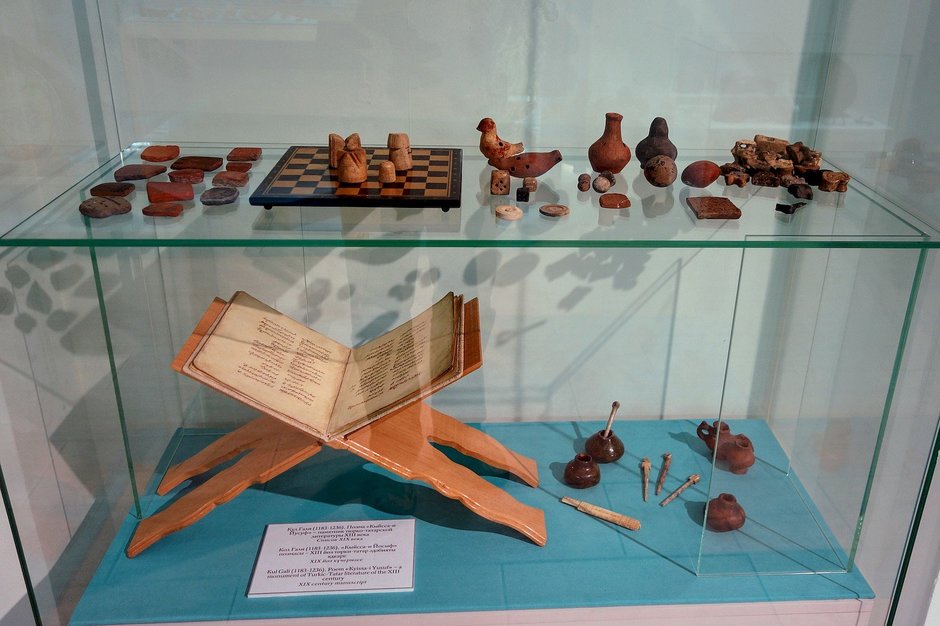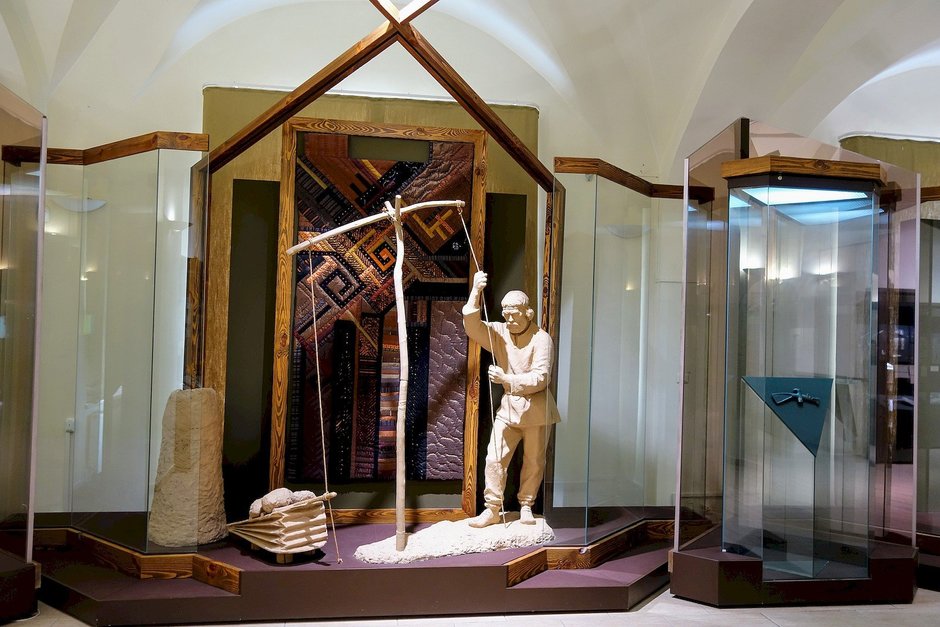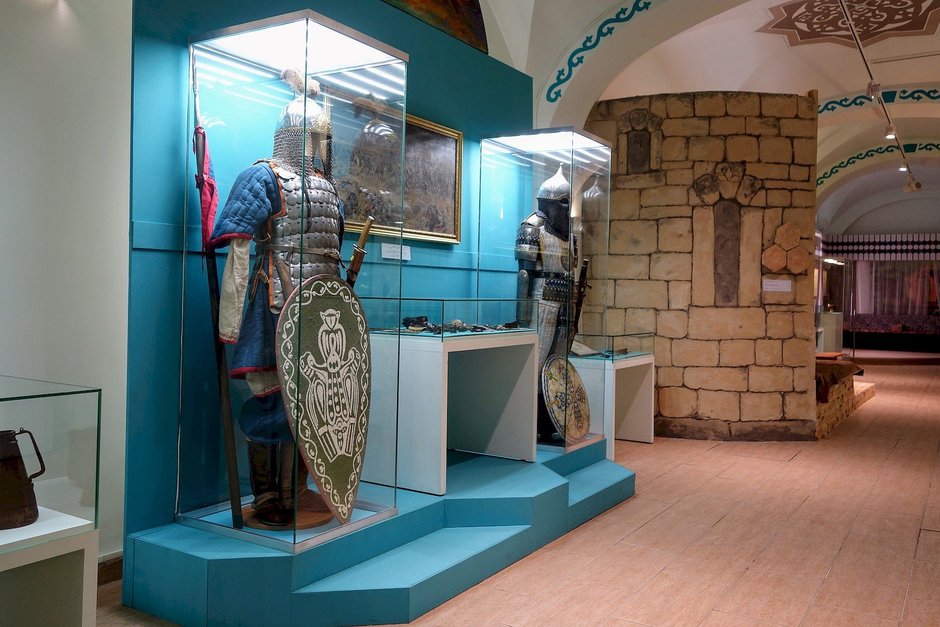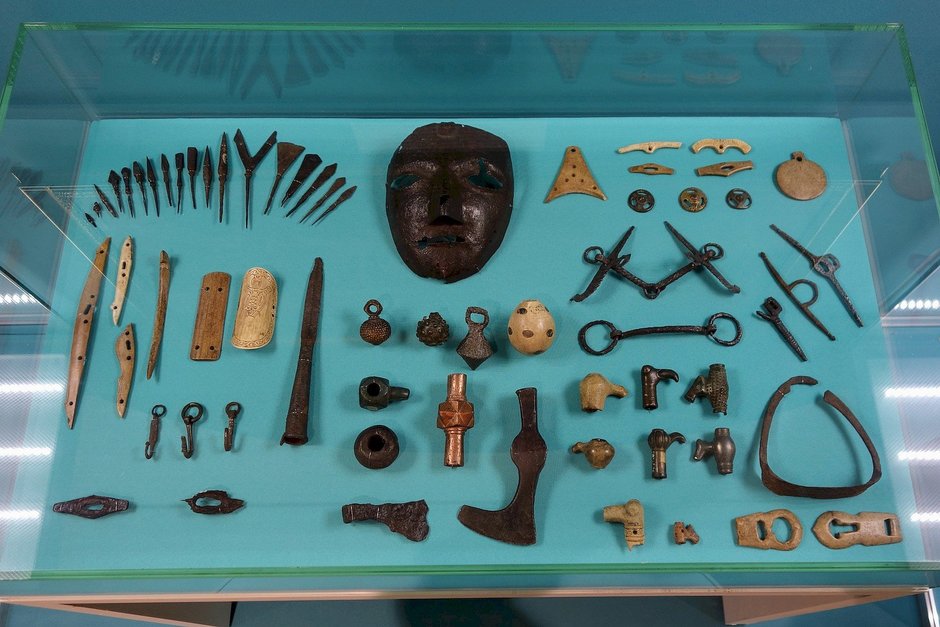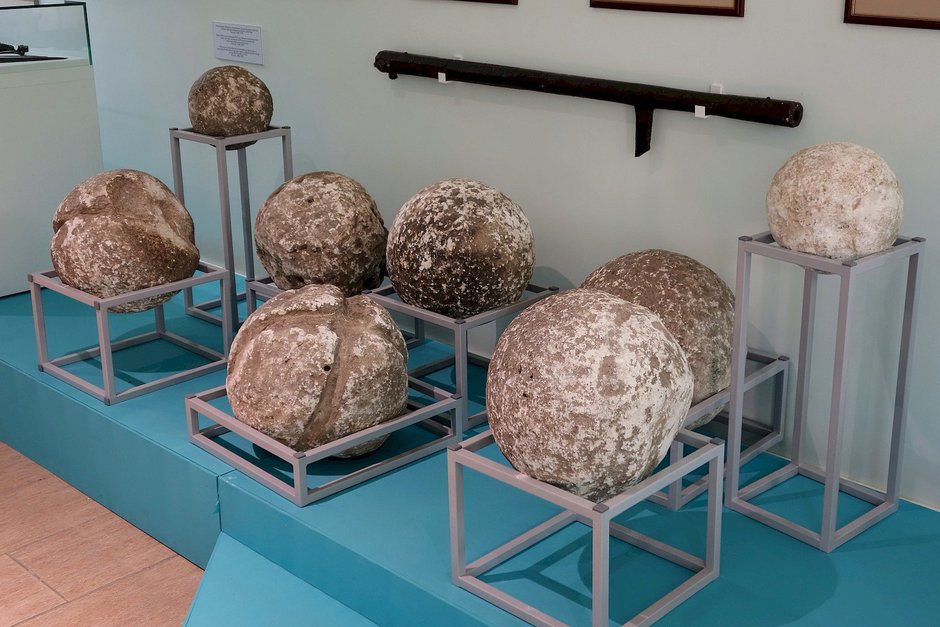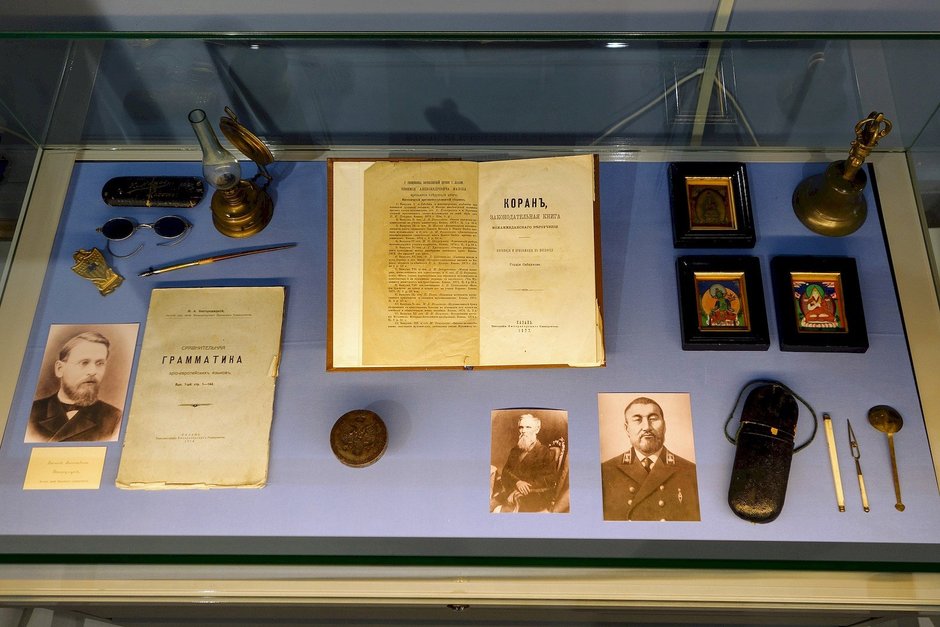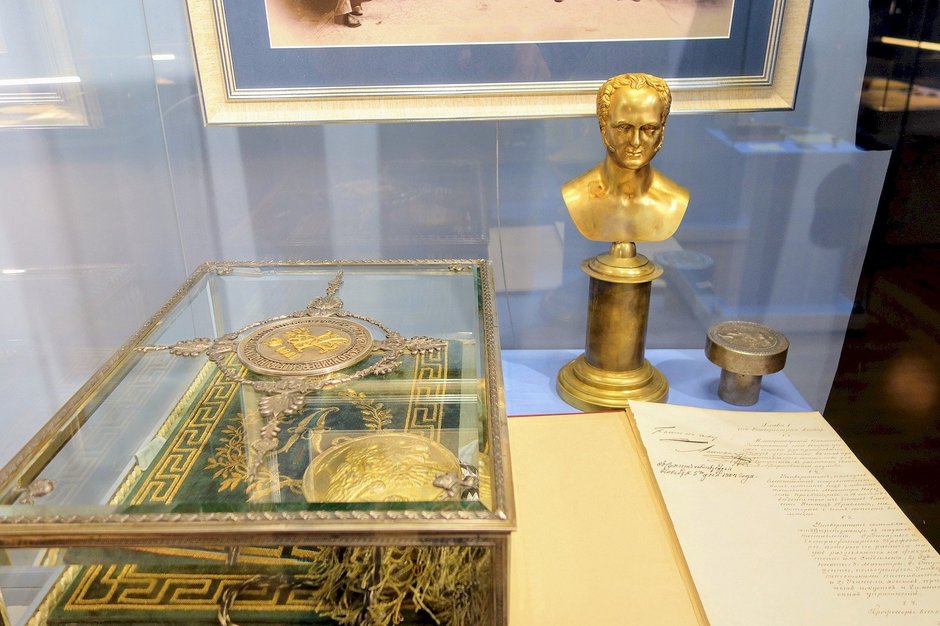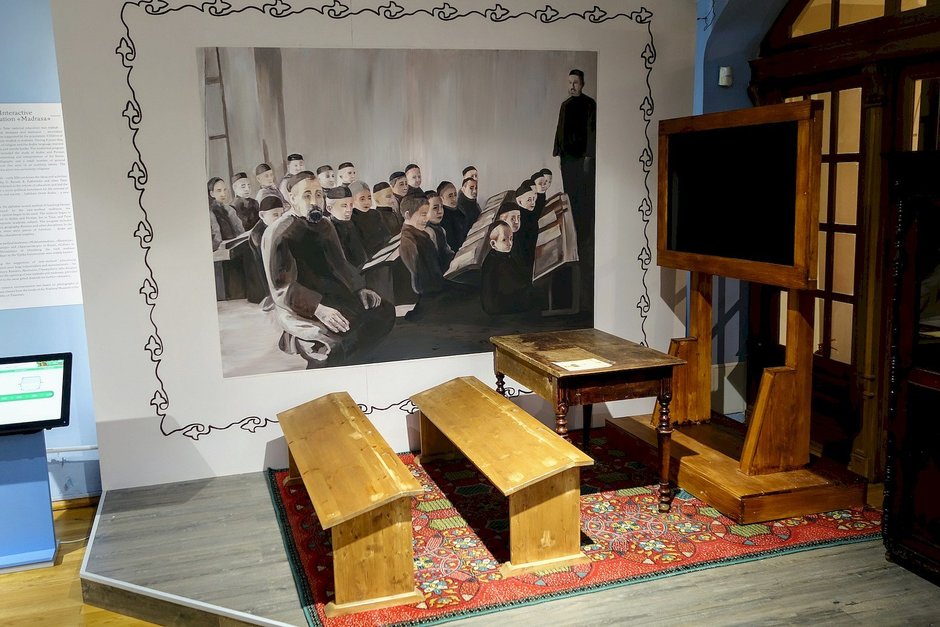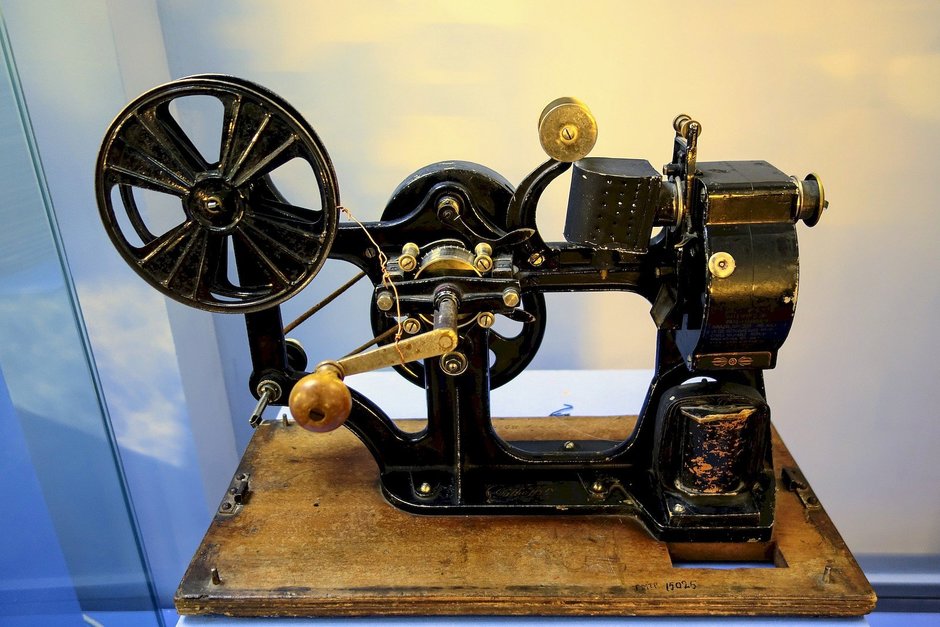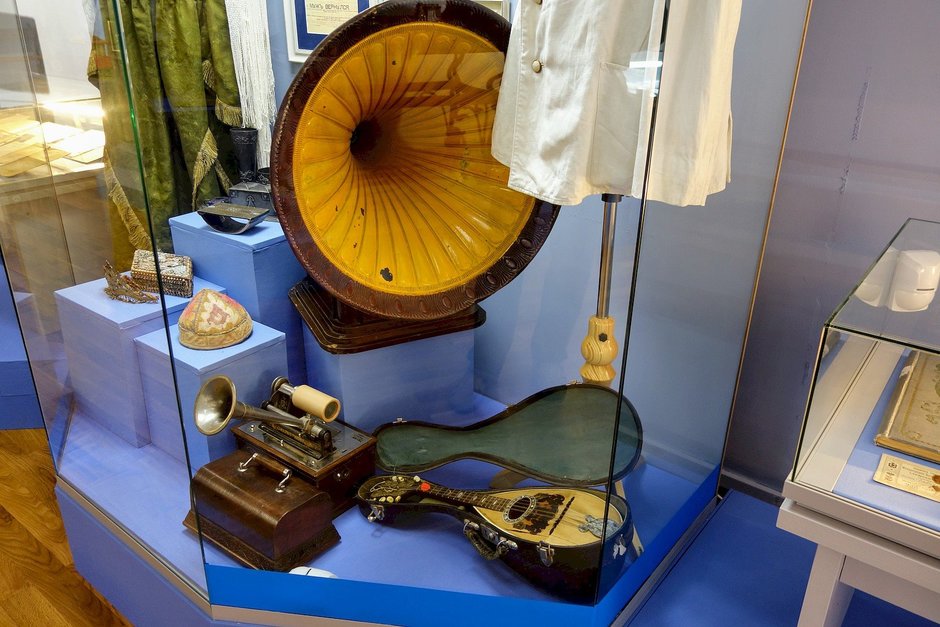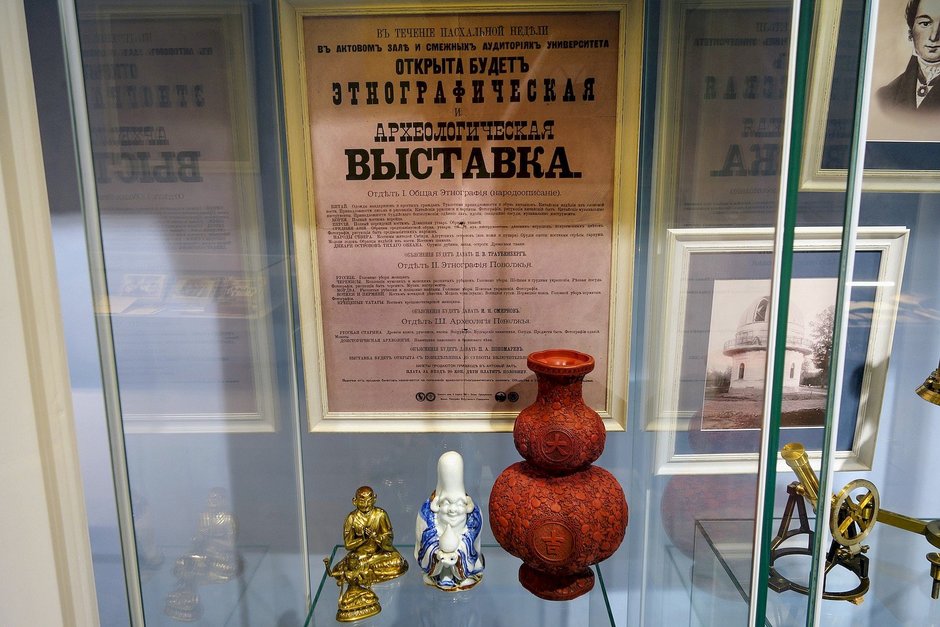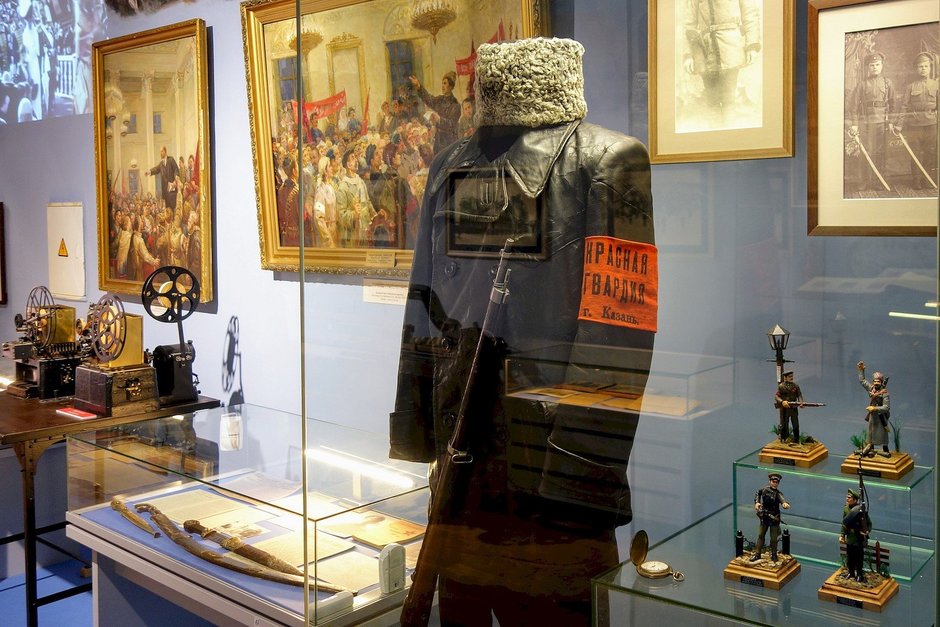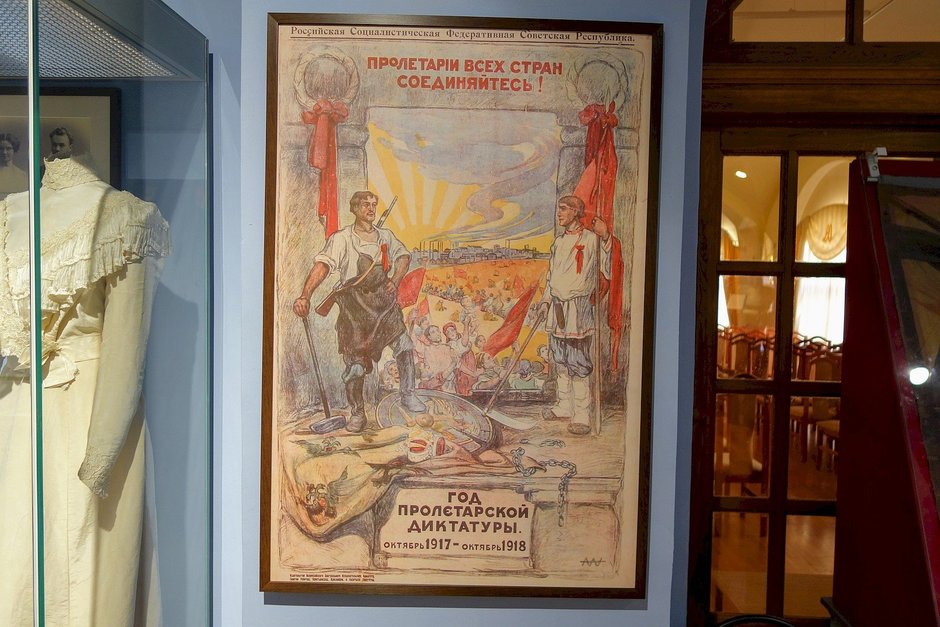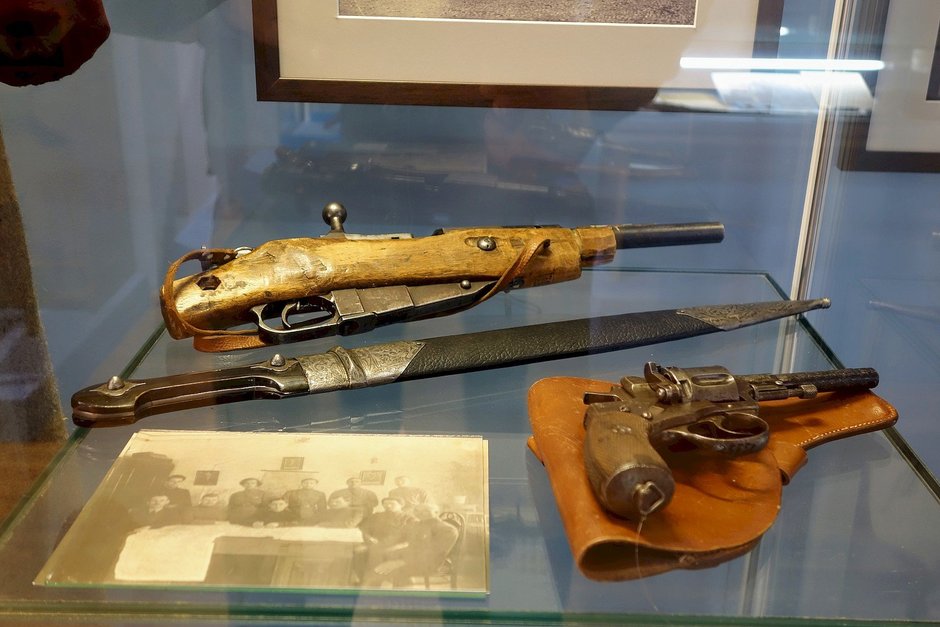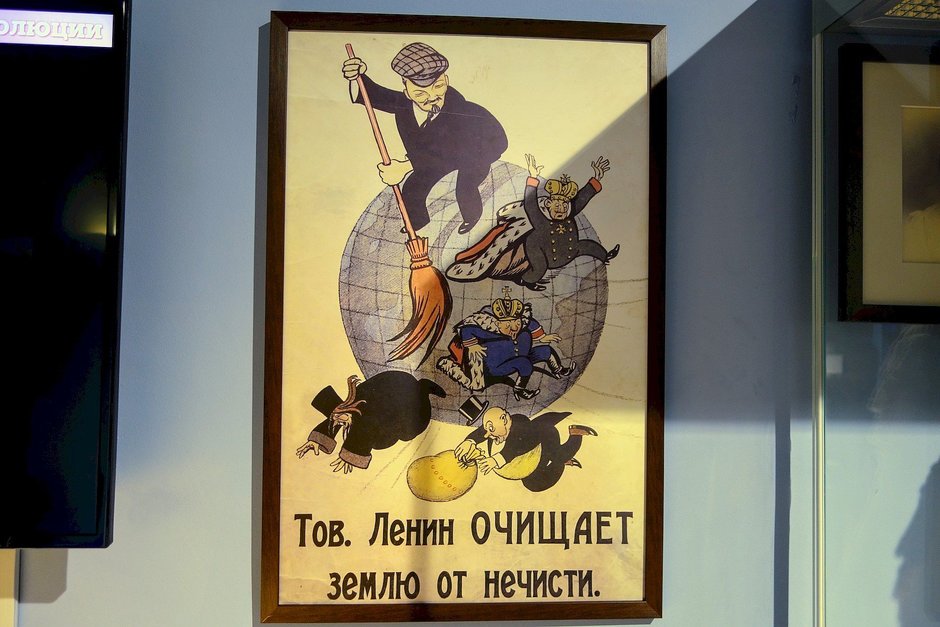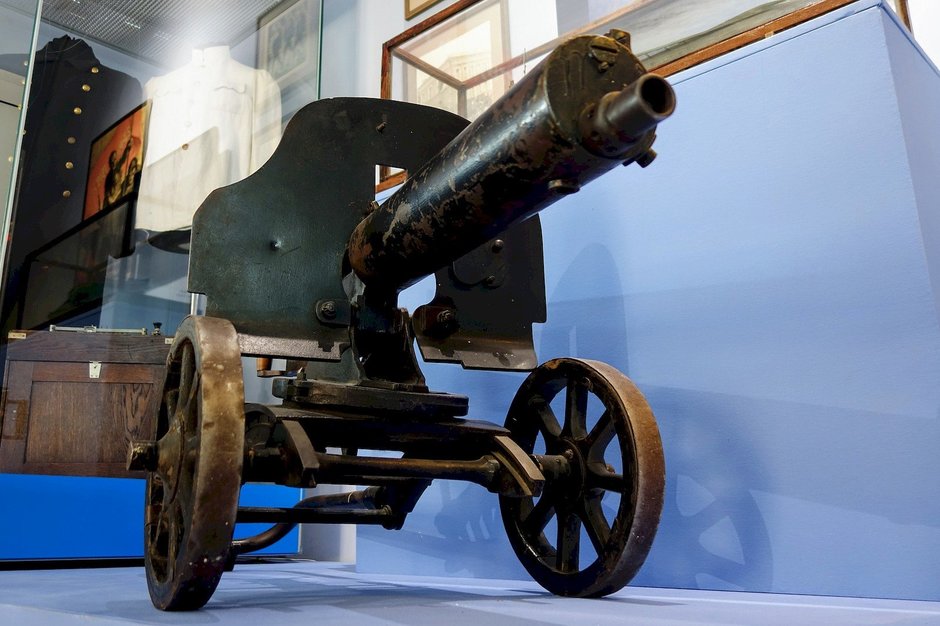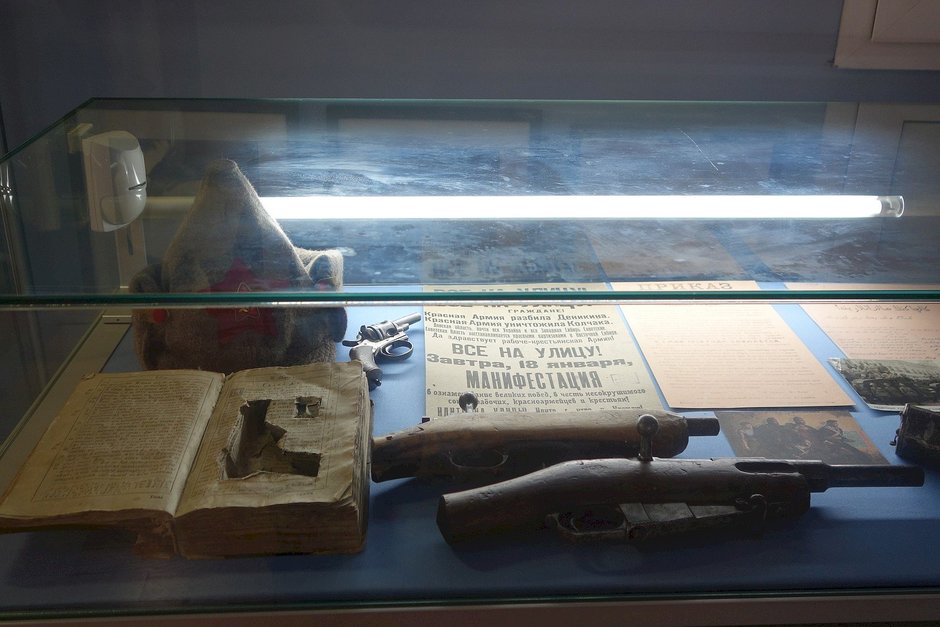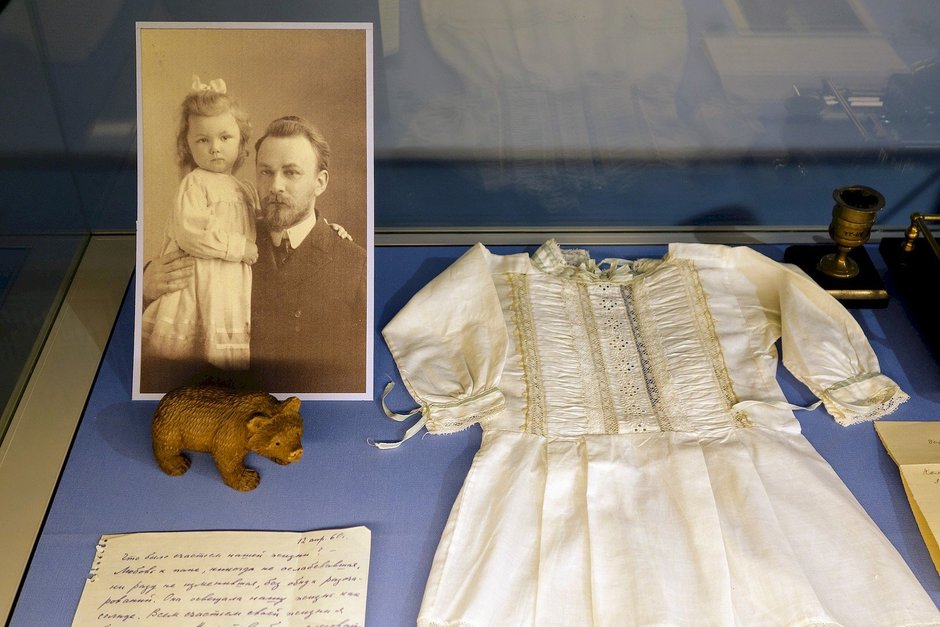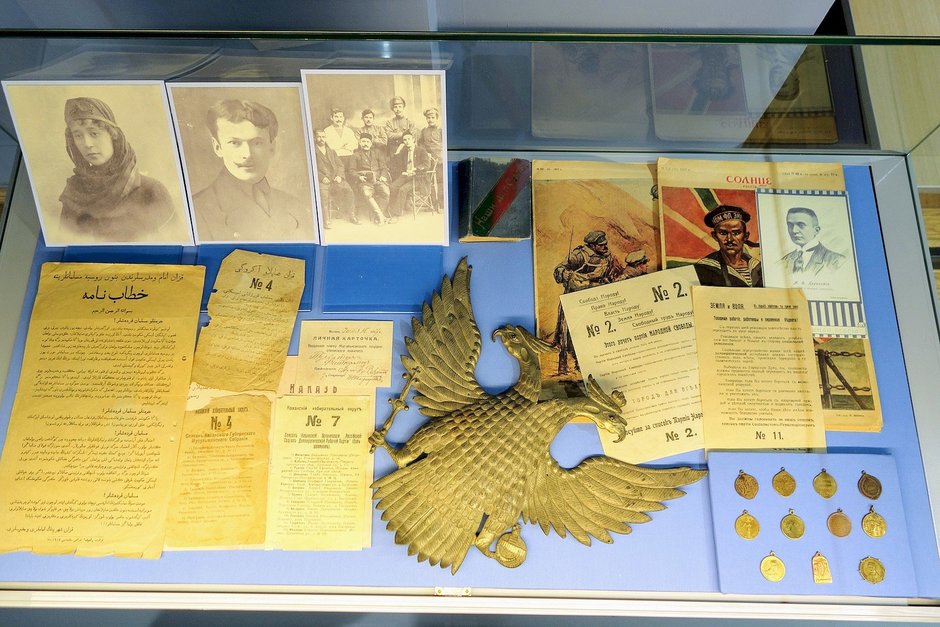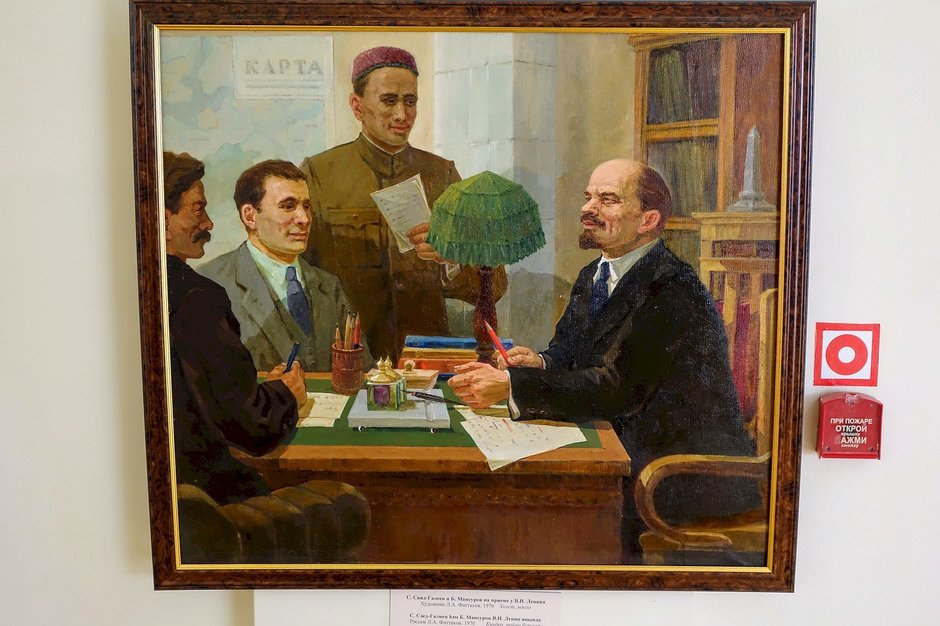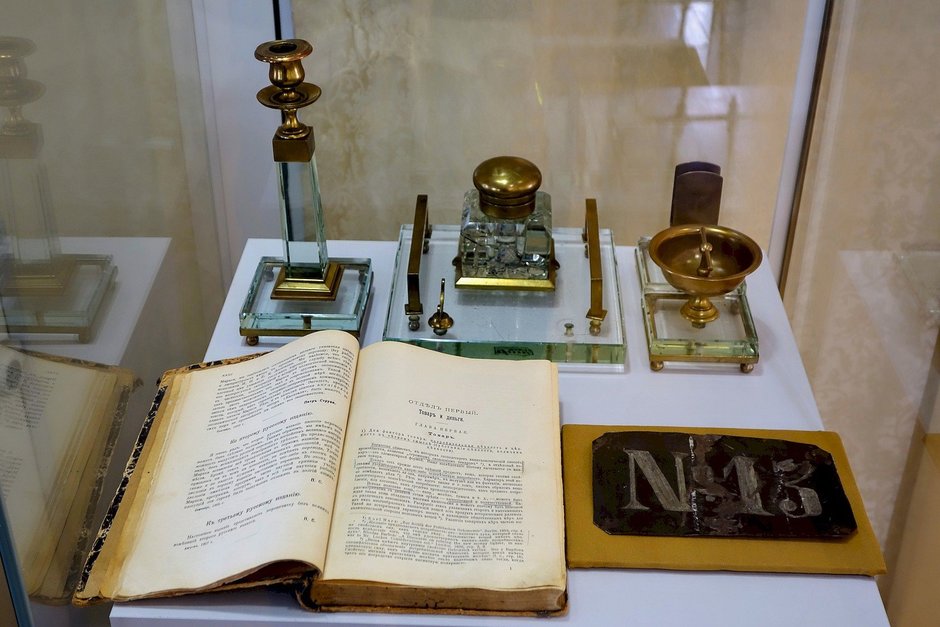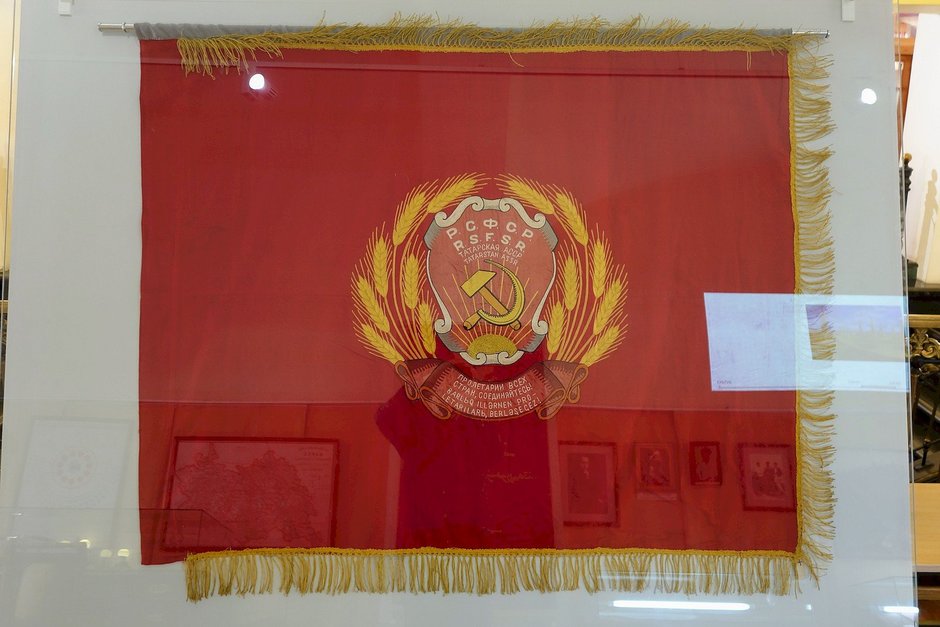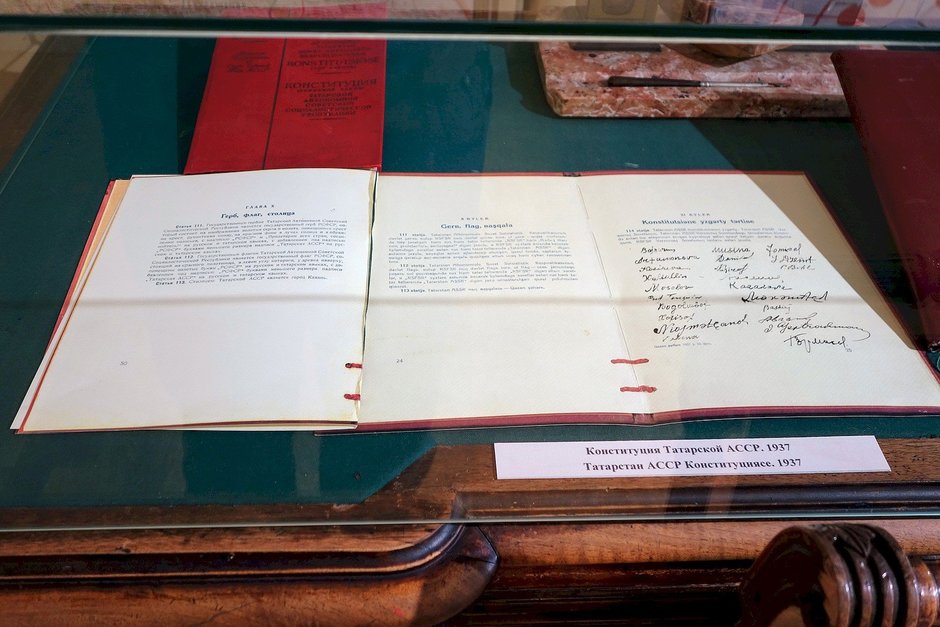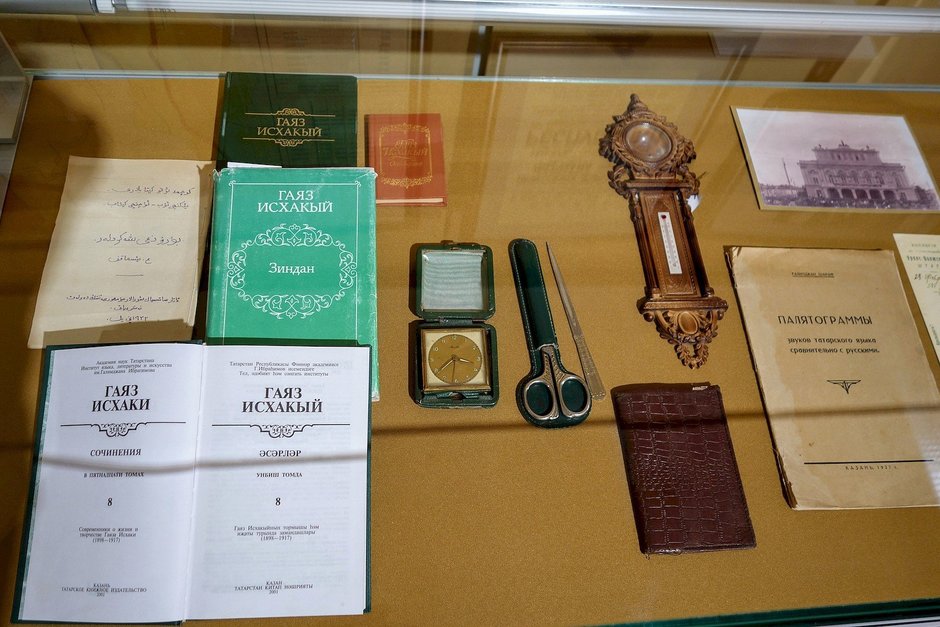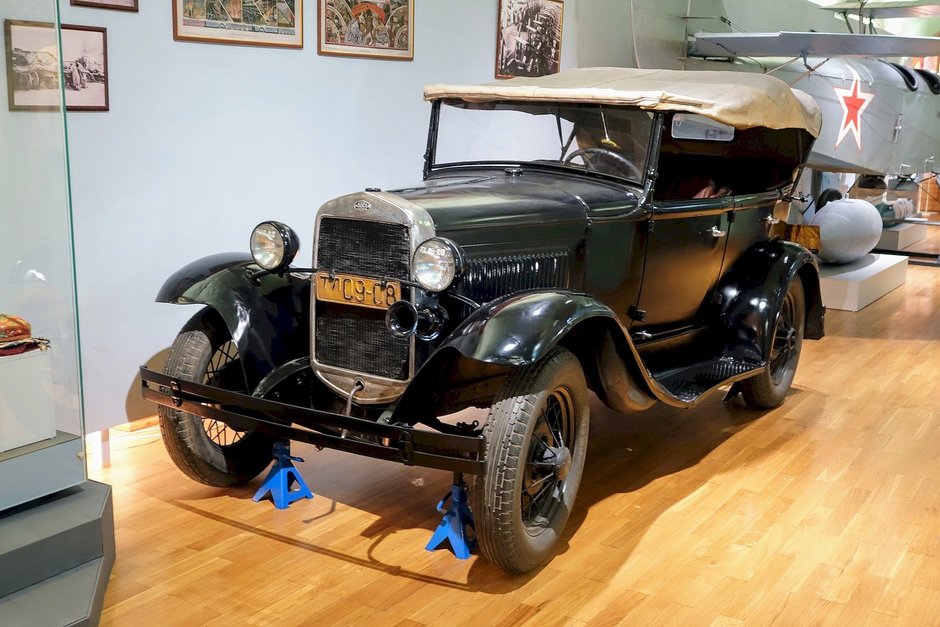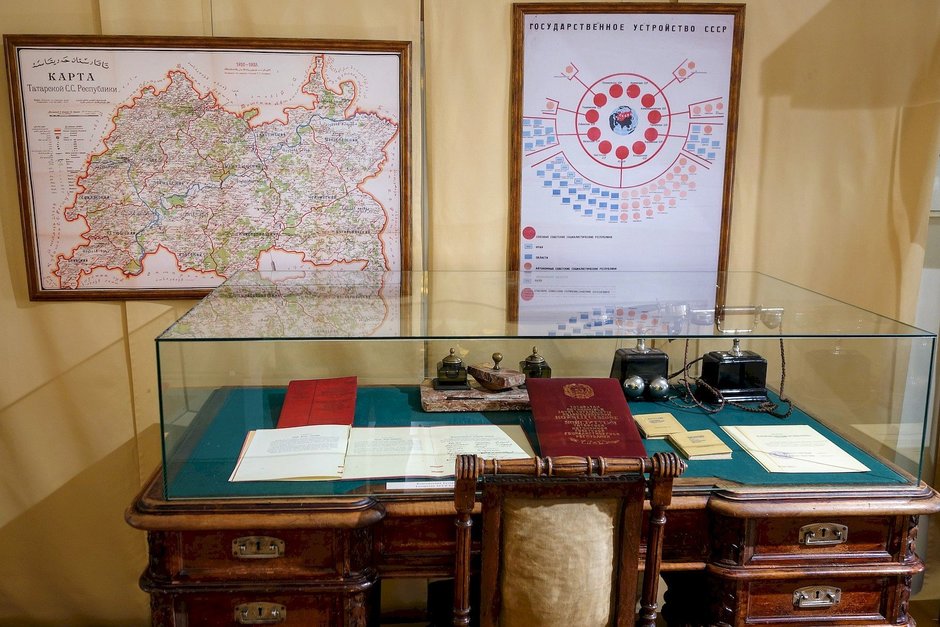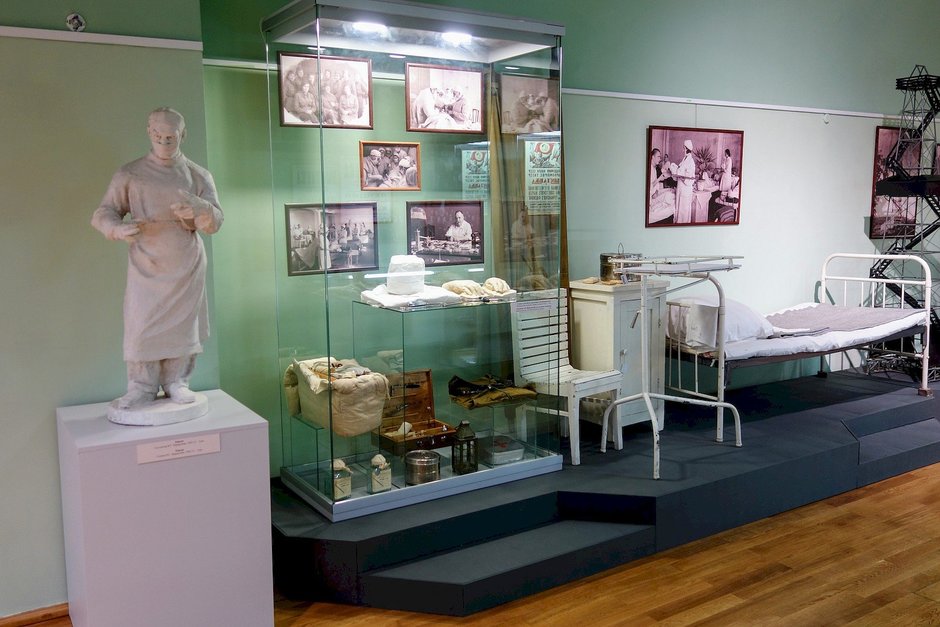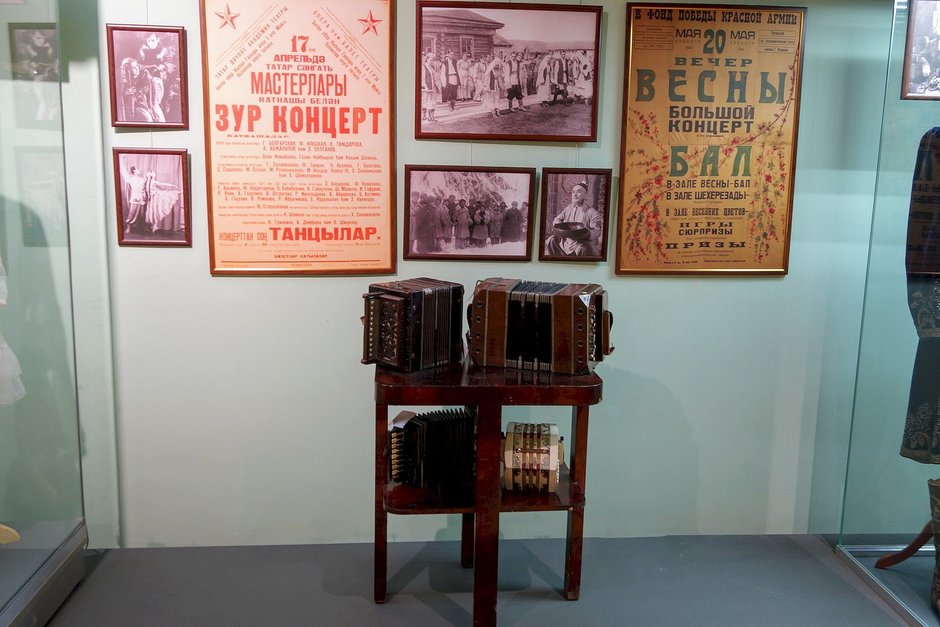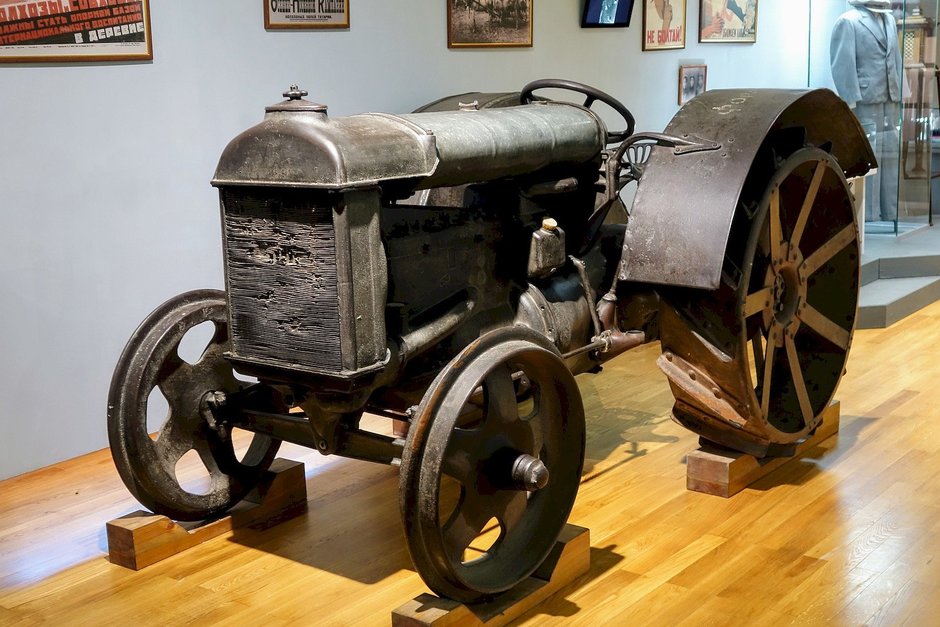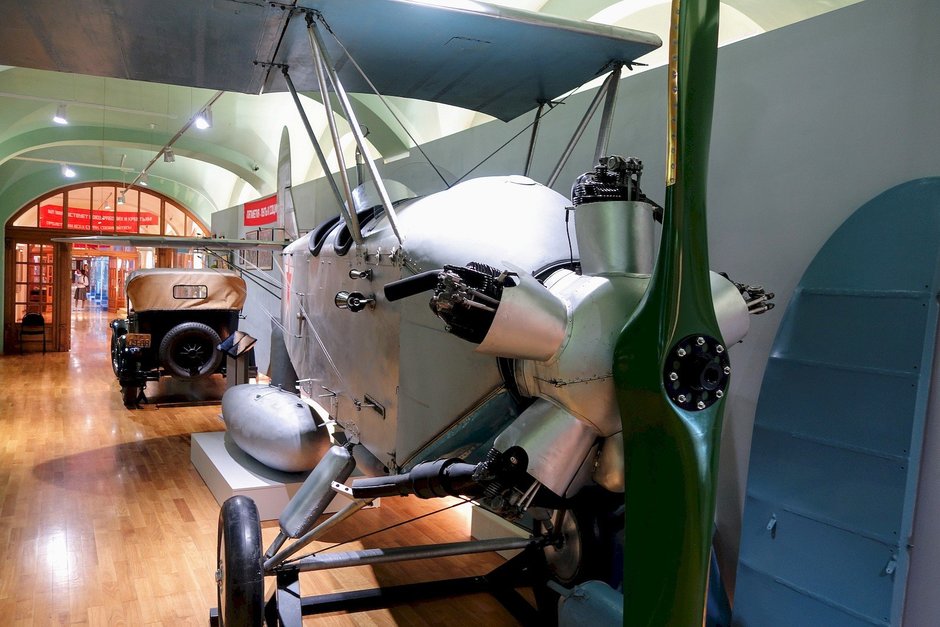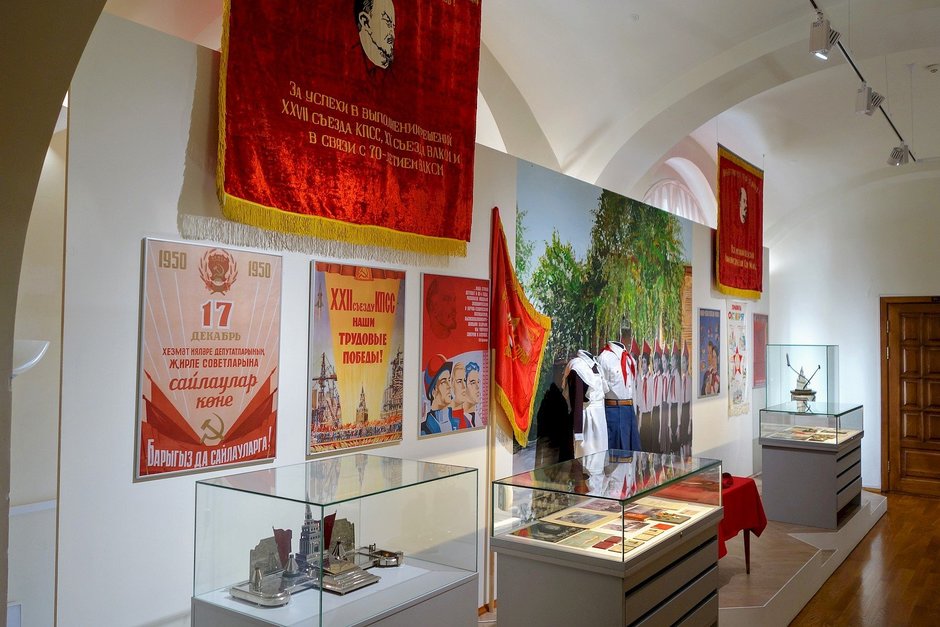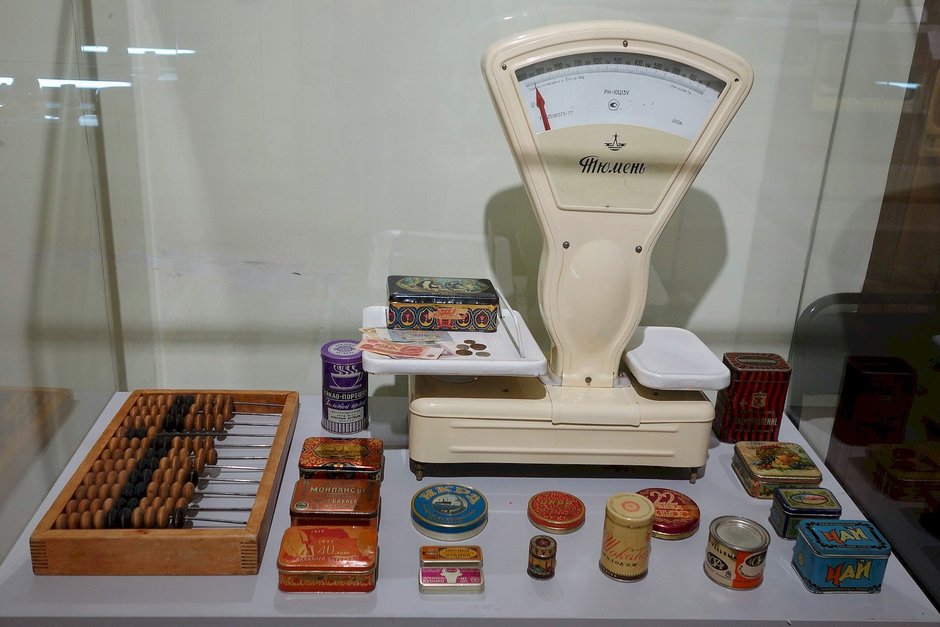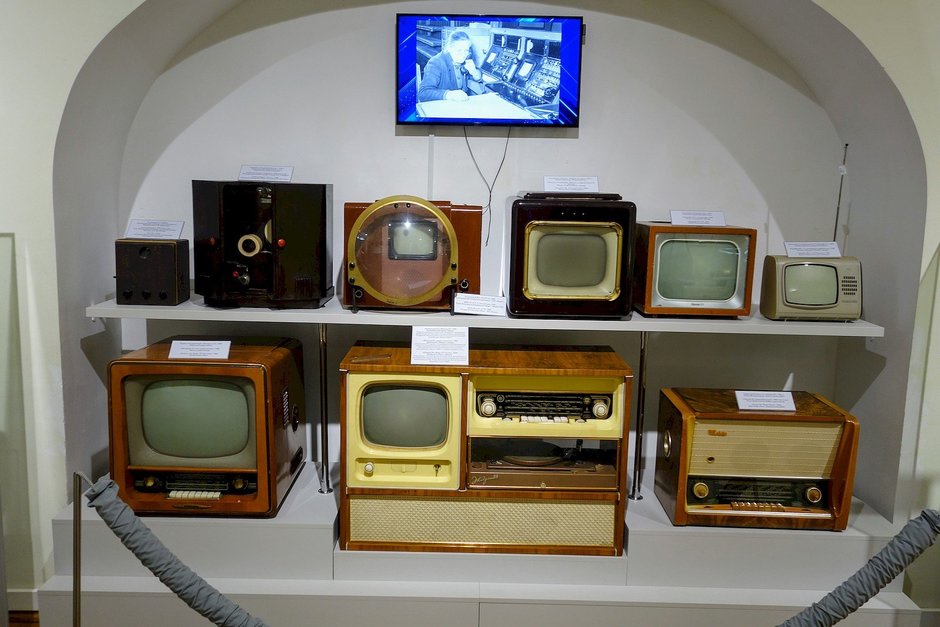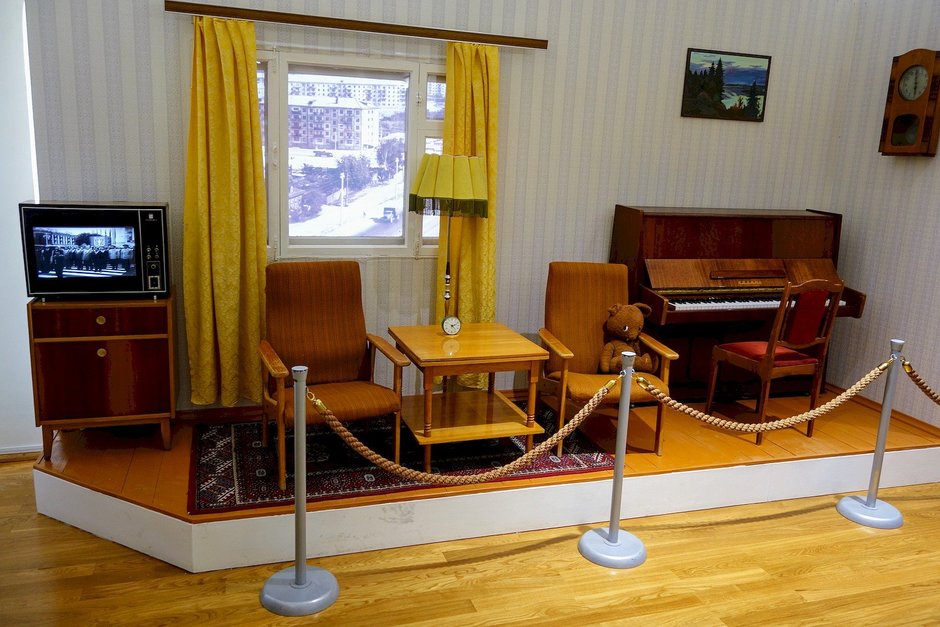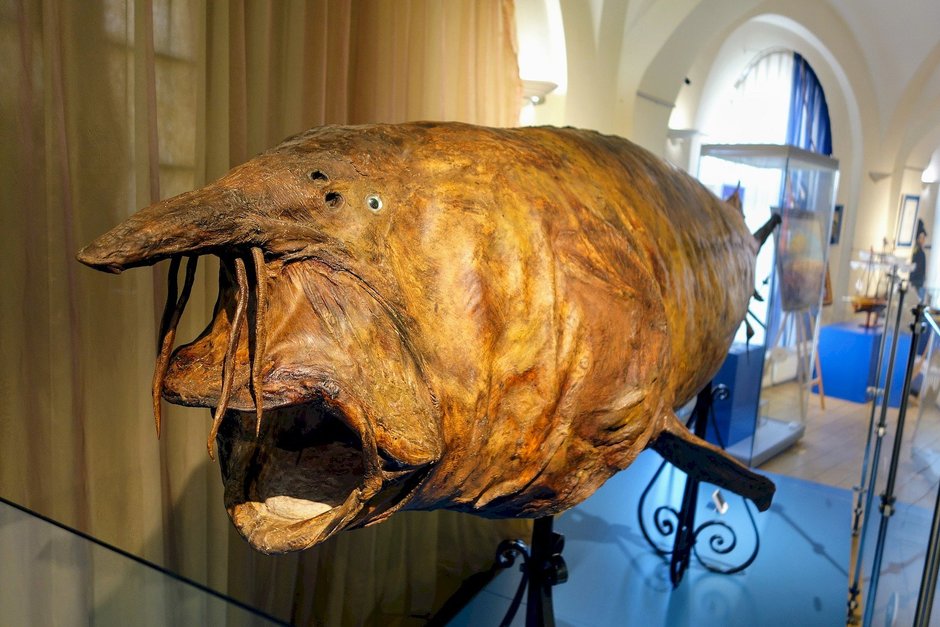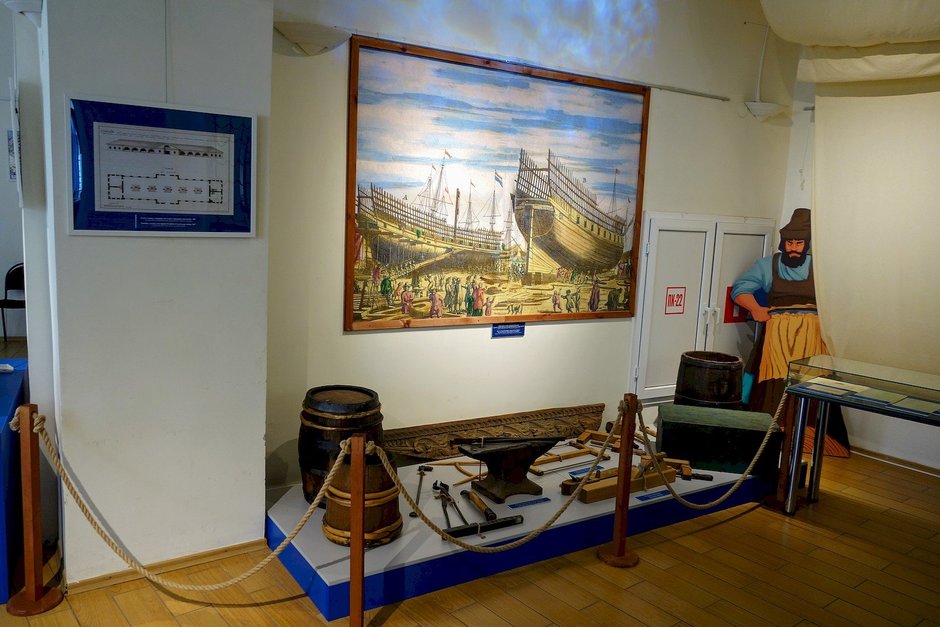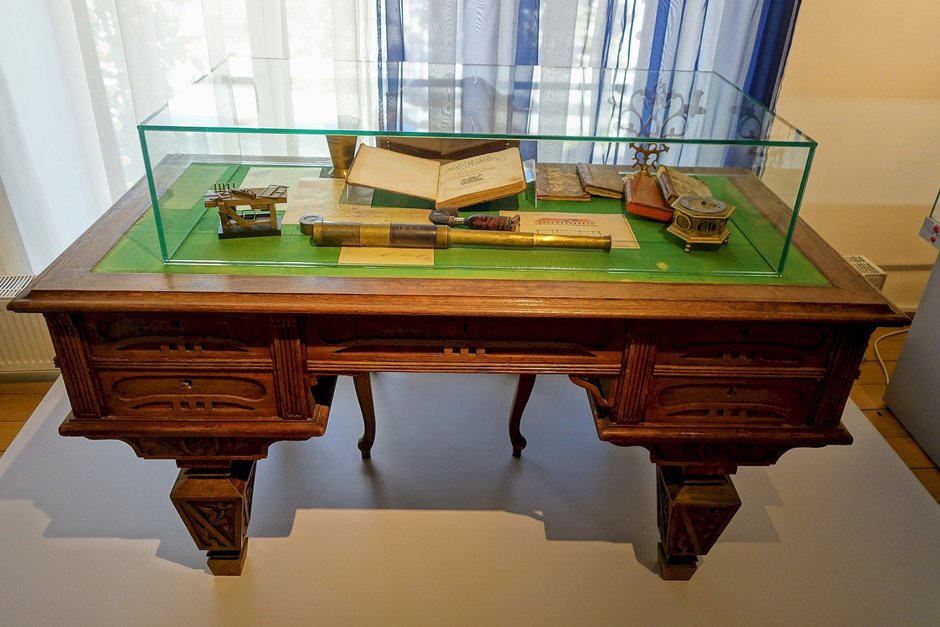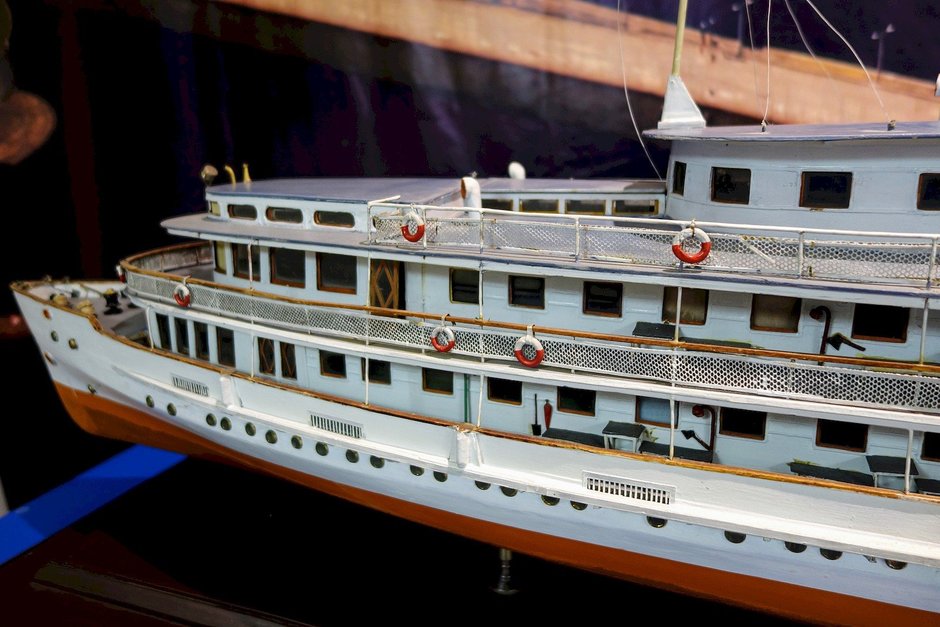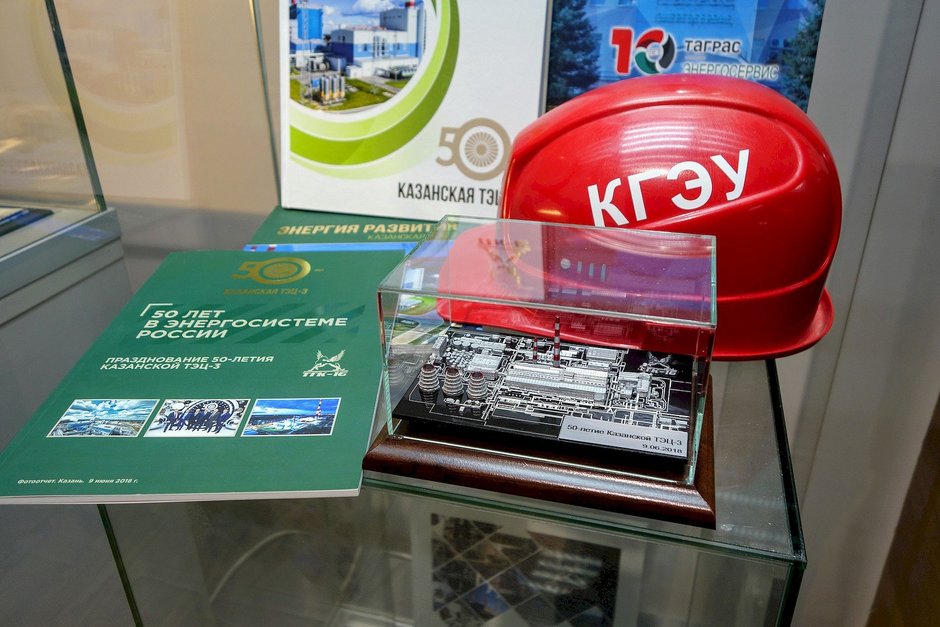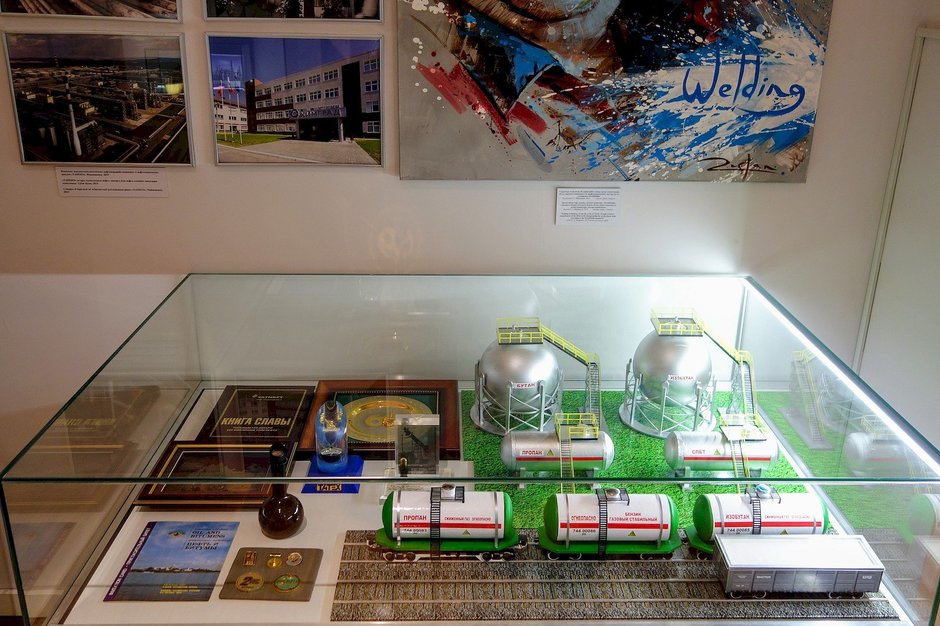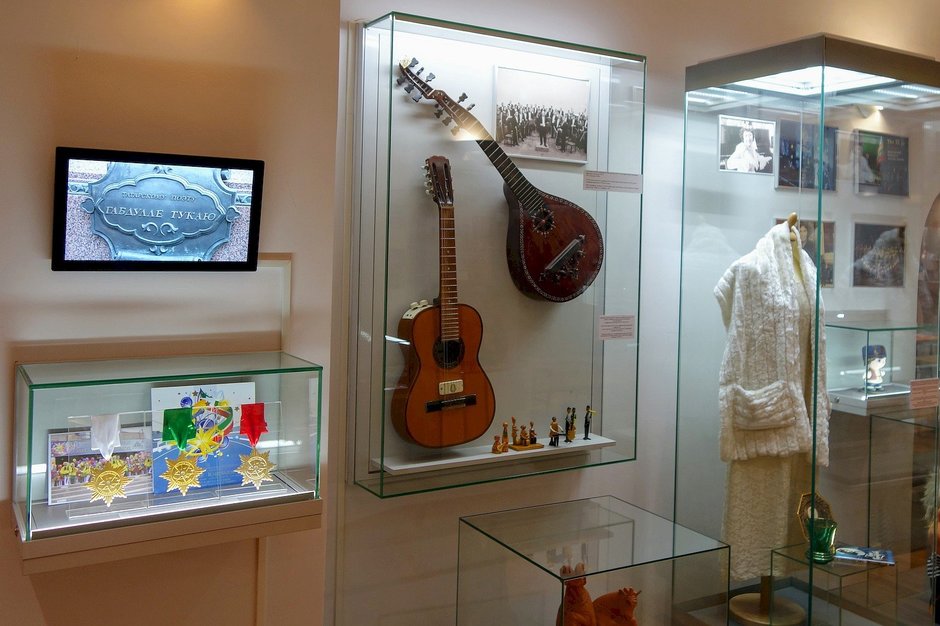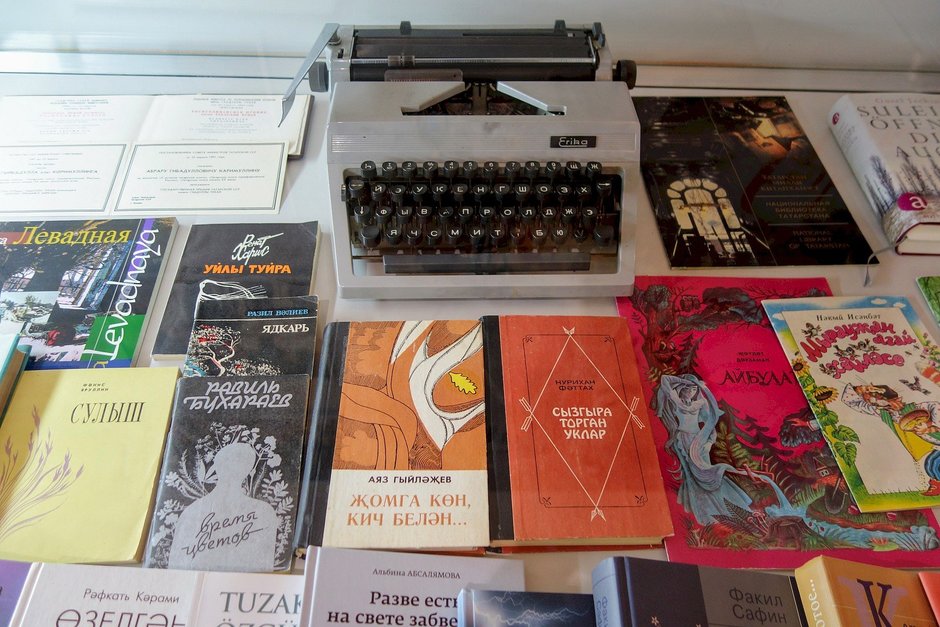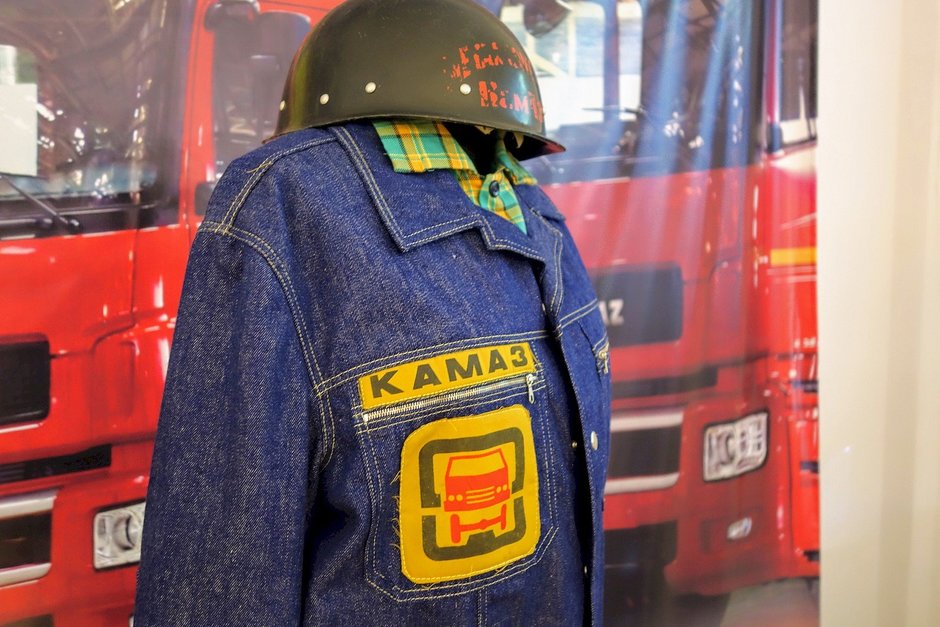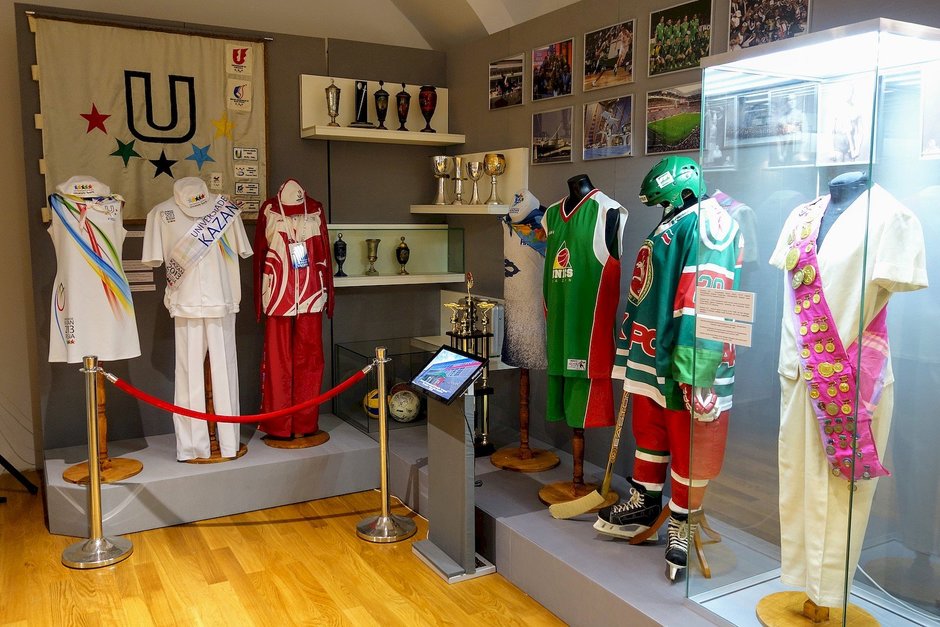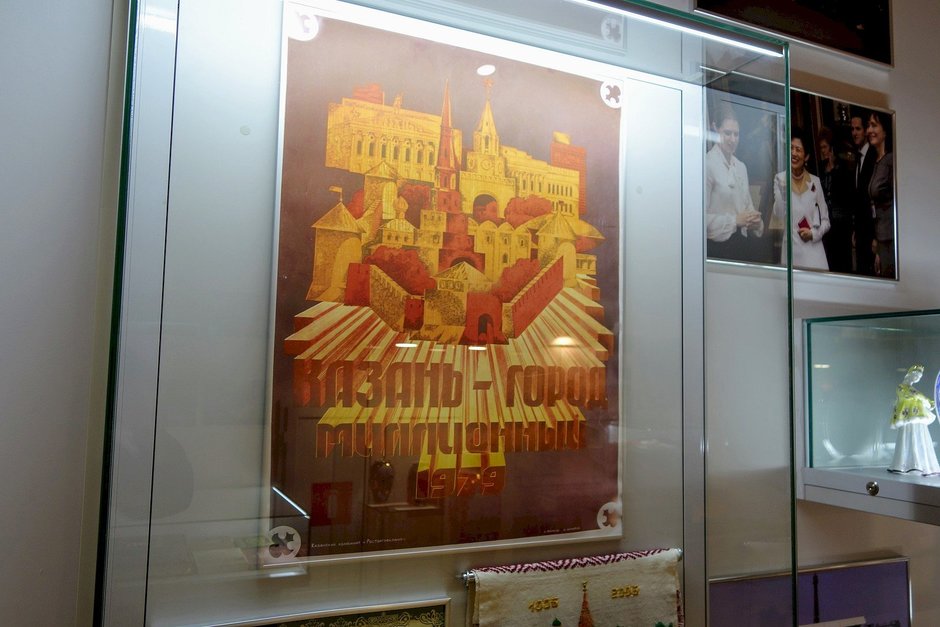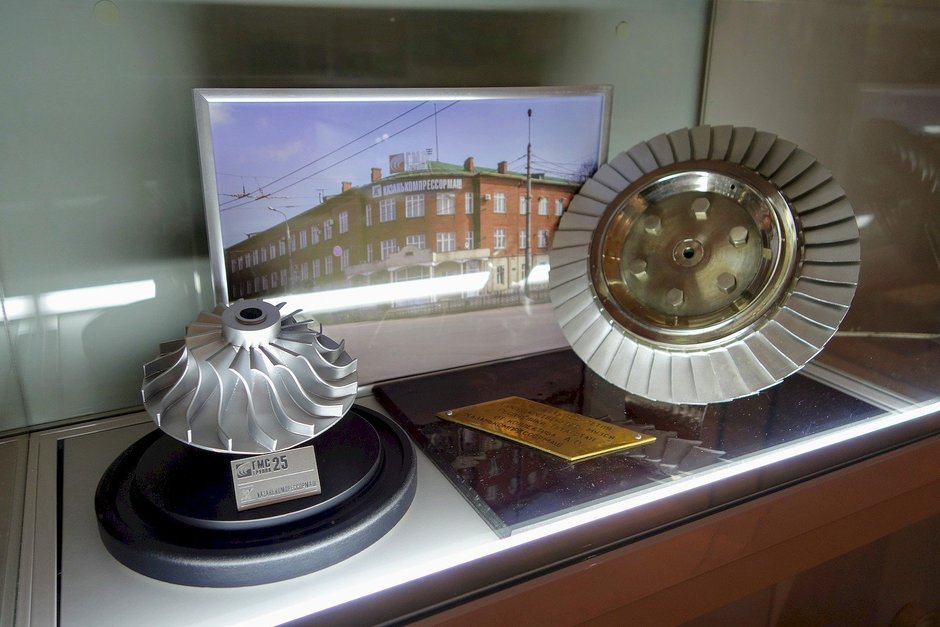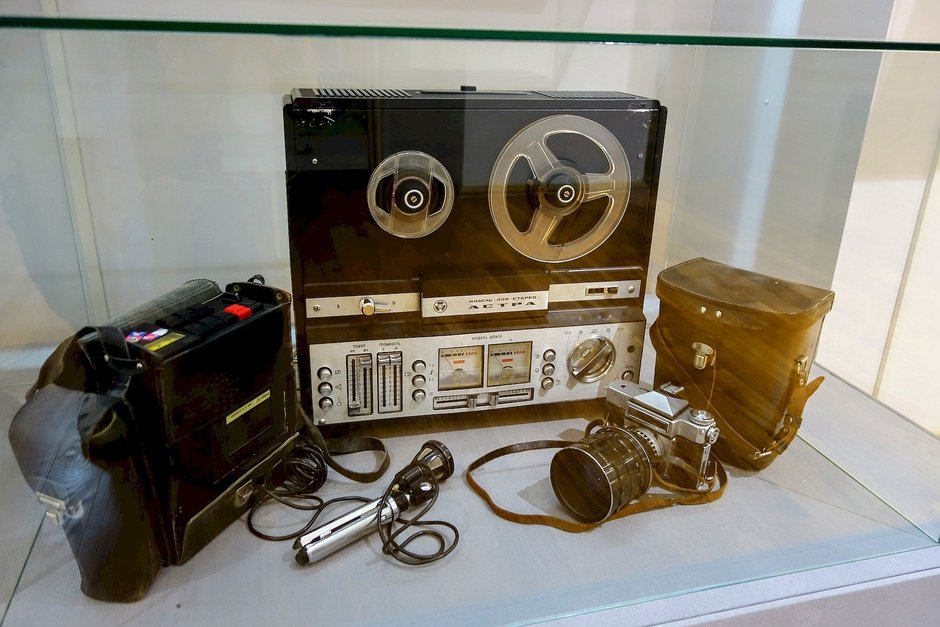History of Tatarstan from Ancient Times to Present Day Exhibition unites two millennia
Fragments of different eras gathered in one mosaic: new exhibition of the National Museum of Tatarstan
The long-awaited exhibition History of Tatarstan from Ancient Times to Present Day has finally opened in the National Museum of Tatarstan. The exhibition will be permanent for the next 10 years at least. The museum management decided to organise not one big presentation of the exhibition but several small ones at once. On different days, the National Museum will be visited by scientists, representatives of the museum community and other specialists. But journalists were invited first. The report of Realnoe Vremya about how the creators of the exhibition tried to surprise the guests.
One exhibition — two events
The exhibition has become a kind of declaration of love for the native republic. The second big event was the 125th anniversary of the museum itself, which turned out to be a quarter of a century older than the TASSR. The anniversary couldn't be celebrated because of the quarantine. Moreover, the museum forum scheduled for April 2021 is also in question today. Thus, the opening of the large-scale exhibition became a double event and an “advance” for upcoming events.
It is worth noting that the new permanent exhibition is located on both floors of the museum. In total, it occupies 14 halls with a total area of more than 3,000 square metres, where one can track the evolutionary processes of the ancient population of the region, the stages of the formation and development of the Tatar people, the most important historical milestones in the context of Russian history up to the present day.
Each hall is a story about a certain epoch, an important event: the adoption of Islam by Volga Bulgaria, the coming of Orthodoxy on the Tatar land, the years of wars, enlightenment, and the flourishing of science and culture. There are halls that tell about one or another side of the people's life — construction, military art, friendship and cooperation with neighbouring nations, and the reception of distinguished guests. Even looking thoughtfully at the exhibits, it is difficult to imagine what a titanic work and how many people it cost to create such a truly amazing exhibition, which can be viewed in a couple of hours or a week — only the baggage of impressions and knowledge will be different.
Visiting the Syuyumbike Gardens
The entire first floor of the National Museum of the Republic of Tatarstan will now tell about the history of the region until the second half of the 16th century. There is a Turkic yurt, Imenkovskaya izba, and even Syuyumbike Gardens. All exhibits are interactive. One can enter the yurt and take a closer look at how a museum female employee, dressed according to the time of the beginning of centuries, is grinding something in a pot, sculptures of spouses are standing motionless in the izba, busy with everyday life, and the beautiful Kazan hansha in her chambers is sorting through jewelry, taking them out of the chest. One can join her, sitting on a soft sofa, and listen to what the servant reads to her. Taking photos is allowed, as well as touching and distracting mise en scene participants and museum keepers with questions.
On the stands dedicated to crafts that developed in Volga Bulgaria, one can also see weapons, dishes, jewelry — all made of iron. So, for example, the attention is drawn to the Carolina sword, darkened and time-eaten, made of iron with forging and silvering. It was found in Western Europe at the beginning of the 20th century. The busts created from plaster in 1947-1949 based on the remains of the inhabitants of Bulgaria indicate that the peoples did not live in isolation but actively migrated and traded: not only the wide-cheeked Bulgarin with oblong eyes, but also a Chinese woman and an Armenian…
Massive details of the portal of the Cathedral Mosque in Bolgar, as well as tiles with remnants of bright glaze, speak about the Bulgars' love for construction and decoration of premises.
In front of the stairs to the second floor, there is Craft Posad — small shops where one can see how craftsmen and needlewomen are engaged in various crafts. One can use them to make their own jewelry-amulet or something else at master classes.
Were there Bulgar women warriors?
The second floor of the museum begins in the middle of the 16th century with a story about the Kazan region after joining the Russian state. Participants of the tour were incredibly lucky — in the hall with weapons of that time, a whole performance with the equipment of a fighter and parting words, it was arranged by the head of the department of scientific reconstruction, Vyacheslav Khabarov. He handed the defender of the city a pishchal, a musket, and a terrifying berdysh, which is convenient to rely on when shooting, if you do not use it for its intended purpose. When asked how legendary Bulgarian women warriors dressed, and whether there were any at all, he answered:

There is also a hall that tells about Orthodox subjects of the Middle Ages. Multi-kilogramme chains that martyrs and holy fools in Christ voluntarily put on themselves cause bewilderment and fear, there are also monastic attire, icons of the workshop at the convent of the Kazan Icon of the Virgin, as well as the most valuable Ephraim Gospel of 1606.
From carriage to pocket lab
A completely different picture appears in the halls of the 18th-19th centuries. Special attention should be paid to items related to the visit of Catherine the Great to Kazan. In particular, one of the pearls of the National Museum of Tatarstan is a carriage created specially for the Empress, for her movement around the city and surrounding areas. Its size and luxury, of course, are amazing. There is also a reconstruction of the room of that time, with cozy ottomans and desks, and glass stands and showcases are filled with exquisite gizmos: porcelain dishes and statuettes, crystal glasses, silver and bronze candelabra with gilding. Each epoch and event is preceded by short stories-performances of museum employees in costumes of the same time.
The 19th century — the age of Enlightenment. In the halls, there are photos and personal belongings of professors of Kazan University, there is also a crystal seal of Shigabutdin Mardzhani. Books, an interesting case “Professor Flavitsky's Pocket Laboratory for the Study of Solids”. Behind these halls, there are the fruits of science and education — a printing press, horse-drawn tram, a model of steamship, and the first telephone with a telephone “book”, which became quite voluminous by 1914.
The halls associated with the years of the Great Patriotic War cause delight and awe. The famous Po-2 seems to be just a toy — it's hard to believe that so many feats were performed on it. Photos and letters from those years are accompanied by the heartfelt singing “Fire flickers in wood burning stove”…
What Shakirov and Avzalova sang about
The halls of modern history are dedicated to technological progress, oil found in Tatarstan, and art. Here you can find personal belongings of famous artists — such as concert costumes of Ilgam Shakirov and Alfiya Avzalova, writers and composers. The last hall contains the brands of Tatarstan. According to Gulchachak Nazipova, the director general of the National Museum of the Republic of Tatarstan, four more halls are being under renovation:

Let us also not that all rooms are occupied by a permanent exhibition. As before, separated halls will continue to host temporary exhibitions, master classes, and other consistently entertaining events.

